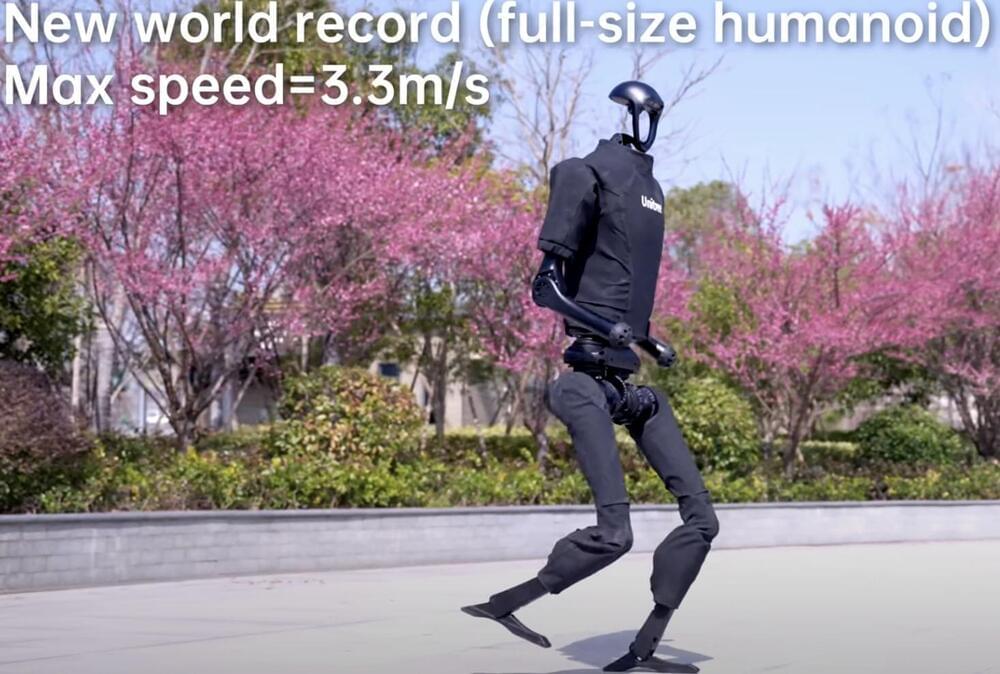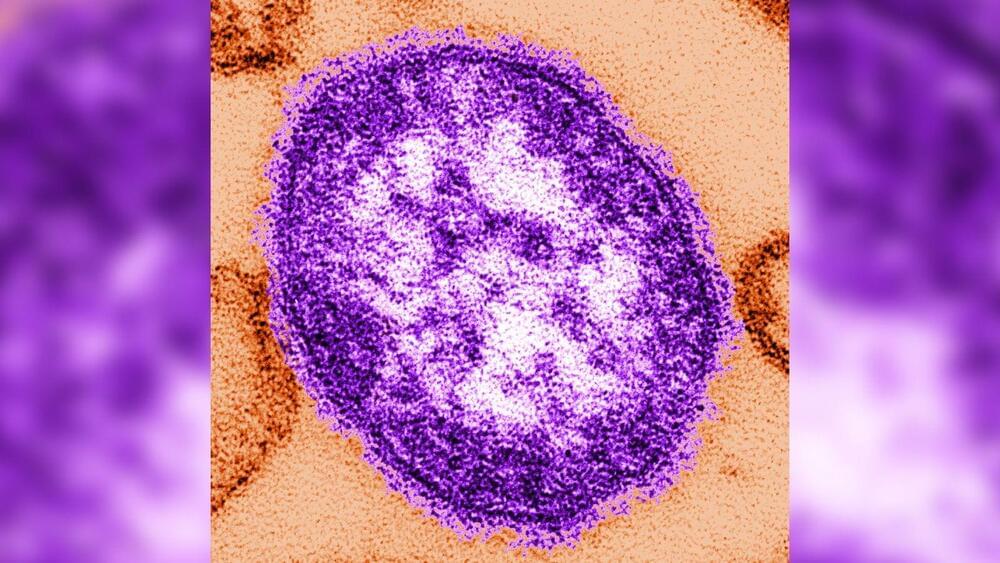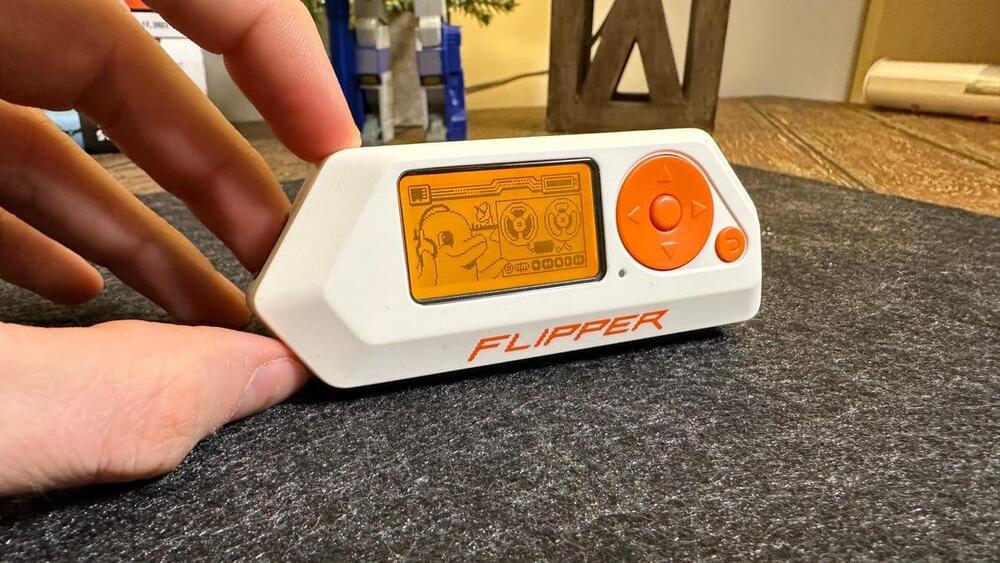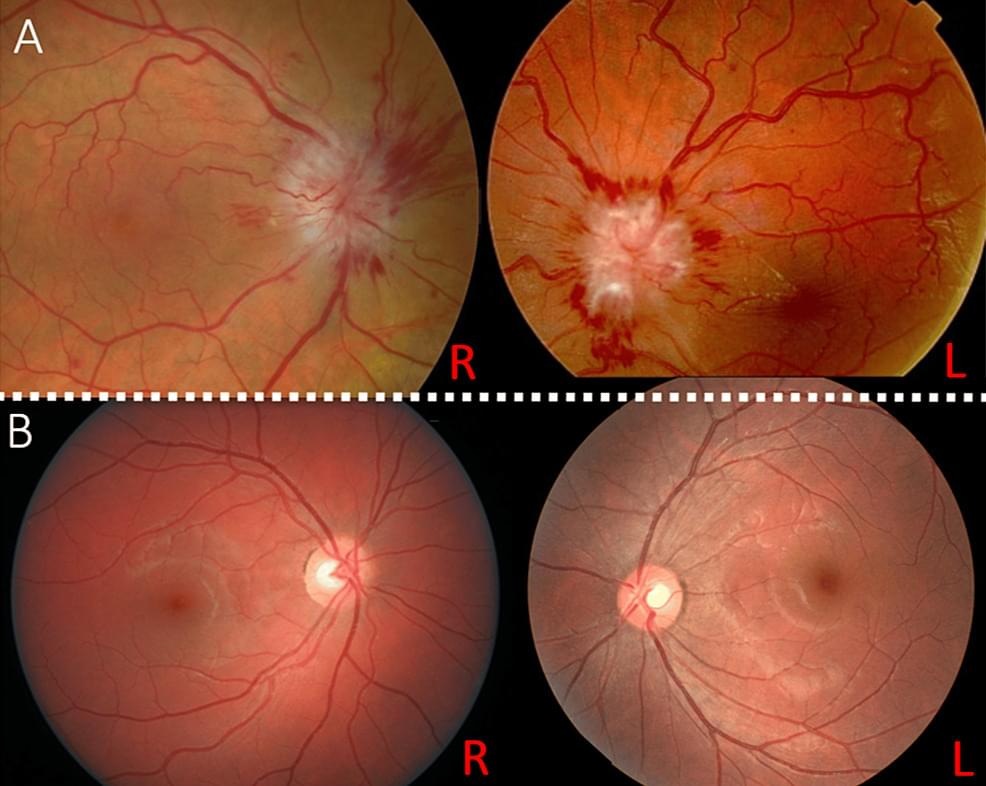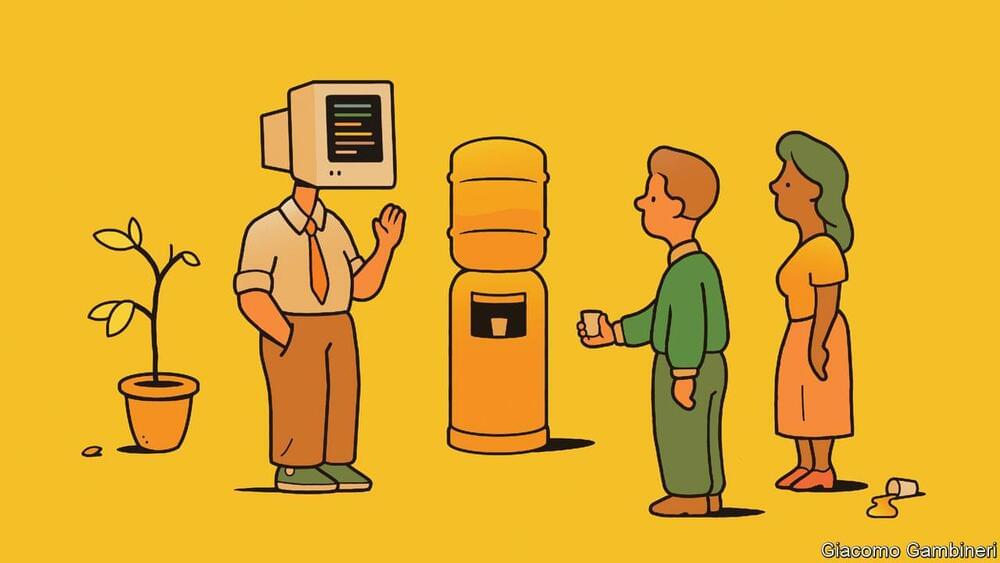Idiopathic intracranial hypertension (IIH) is a rare condition characterized by increased intracranial pressure, with an unknown cause. However, the pathophysiology of antibiotic-induced IIH remains unclear. The clinical symptoms include headache, visual disturbances, and vomiting. The diagnosis is confirmed by an elevated intracranial pressure (ICP) with normal CSF study and cerebral imaging. Management includes discontinuing the offending antibiotic and reducing ICP with medications such as acetazolamide or diuretics. Therefore, surgical intervention may be necessary in severe cases.
In this article, we report the case of a 19-year-old patient, admitted with symptoms of intracranial hypertension syndrome, occurring three days after receiving antibiotics (gentamicin, penicillin). Physical examination revealed bilateral optic disc edema.

